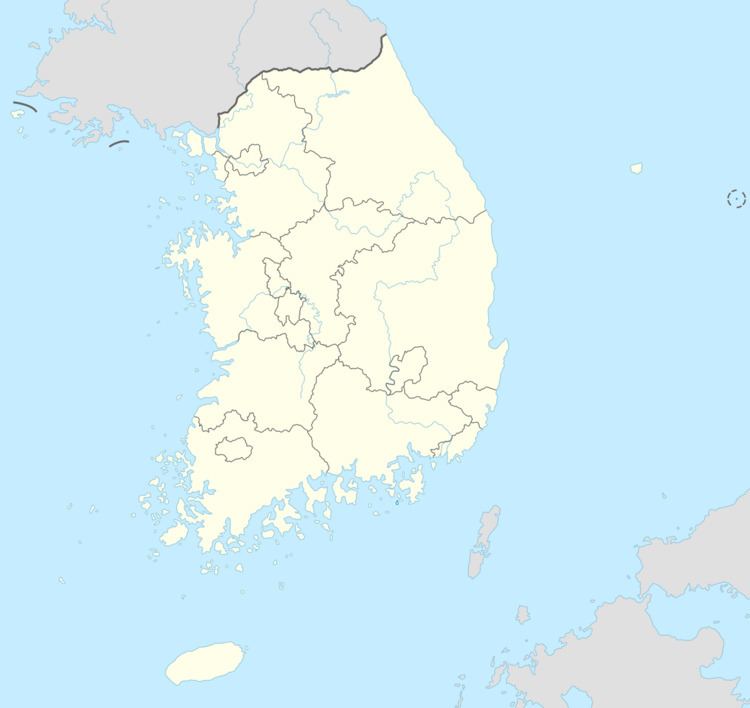Airport type Military/Public Elevation AMSL 116 ft / 35 m Elevation 35 m | Serves Daegu Code TAE Phone +82 1661-2626 | |
 | ||
Operator Korea Airports Corporation, Republic of Korea Airforce Location Dong District, Daegu, South Korea Website www.airport.co.kr/mbs/daegueng/ Address 221 Gonghang-ro, Jijeo-dong, Dong-gu, 대구광역시 South Korea | ||
Landing at daegu international airport 10 12 09
Daegu International Airport (Hangul: 대구국제공항; Hanja: 大邱國際空港; Revised Romanization: Daegu Gukje Gonghang; McCune-Reischauer: Taegu Kukche Konghang) (IATA: TAE, ICAO: RKTN) is primarily a domestic airport in the city of Daegu, South Korea. The airfield also is a military base with ROKAF's 11th Fighter Wing based; its three squadrons are flying F-15K.
Contents
- Landing at daegu international airport 10 12 09
- daegu international airport 20160618
- Overview
- History
- Korean War
- Passenger facilities
- Access
- References
daegu international airport 20160618
Overview
The airport chiefly has domestic flights with a small number of international flights. While the airport serves a growing metro area with more than 2.5 million residents, passenger numbers at Daegu airport have been declining since 2004, the year KTX highspeed rail reached Daegu. The 2013 number of about 1.1 million is half the number of passengers that were using the airport before 2003.
History
Taegu Airfield was originally developed during the Japanese Imperial period.
Korean War
At the outbreak of the Korean War the airfield comprised a dirt and gravel runway and two concrete buildings. The airfield was designated by the USAF as K-2.
The airfield was used as part of the Bout One project – an emergency program to train Republic of Korea Air Force pilots to fly the F-51 Mustang fighter. The Bout One planes provided close air support to the U.S. 24th Infantry Division throughout July 1950. The Bout One force was redesignated as the 51st Fighter Squadron (Provisional) on 10 July and merged into the 12th Fighter-Bomber Squadron on 4 August.
The existing dirt and gravel runway was improved by the 822nd Engineer Aviation Battalion commencing on 18 July and the Battalion subsequently prepared a parallel 5,000 feet (1,500 m) PSP runway by 7 August.
USAF units based at Taegu from July–August 1950 included:
Taegu Airfield was abandoned in the face of Korean People's Army assault on Taegu in mid-August 1950, but USAF units began reoccuppying the base on 23 September 1950. The 822nd Battalion had returned to Taegu on 17 September and soon resurfaced the original dirt and gravel runway with PSP and extended its length to 5,700 feet (1,700 m).
USAF units based at Taegu from September 1950 included:
In May 1951, the 930th Engineer Aviation Group began rehabilitating the PSP runway and then began building a 9,000 feet (2,700 m) concrete runway.
Passenger facilities
By adopting an arrangement concept symbolizing Ouga (The song of five friends: water, rock, pine tree, bamboo, and moon) by Yun Seon Do and the shape of a flying crane, the terminal has a small but comfortable environment. The parking lot at the airport can accommodate about 1,097 cars and has a fully automatic parking system; it opens from 6 am to 10 pm.
Access
The airport is 1.34 km from Ayanggyo Station (Daegu Subway Line 1) and can be reached by bus or taxi.
